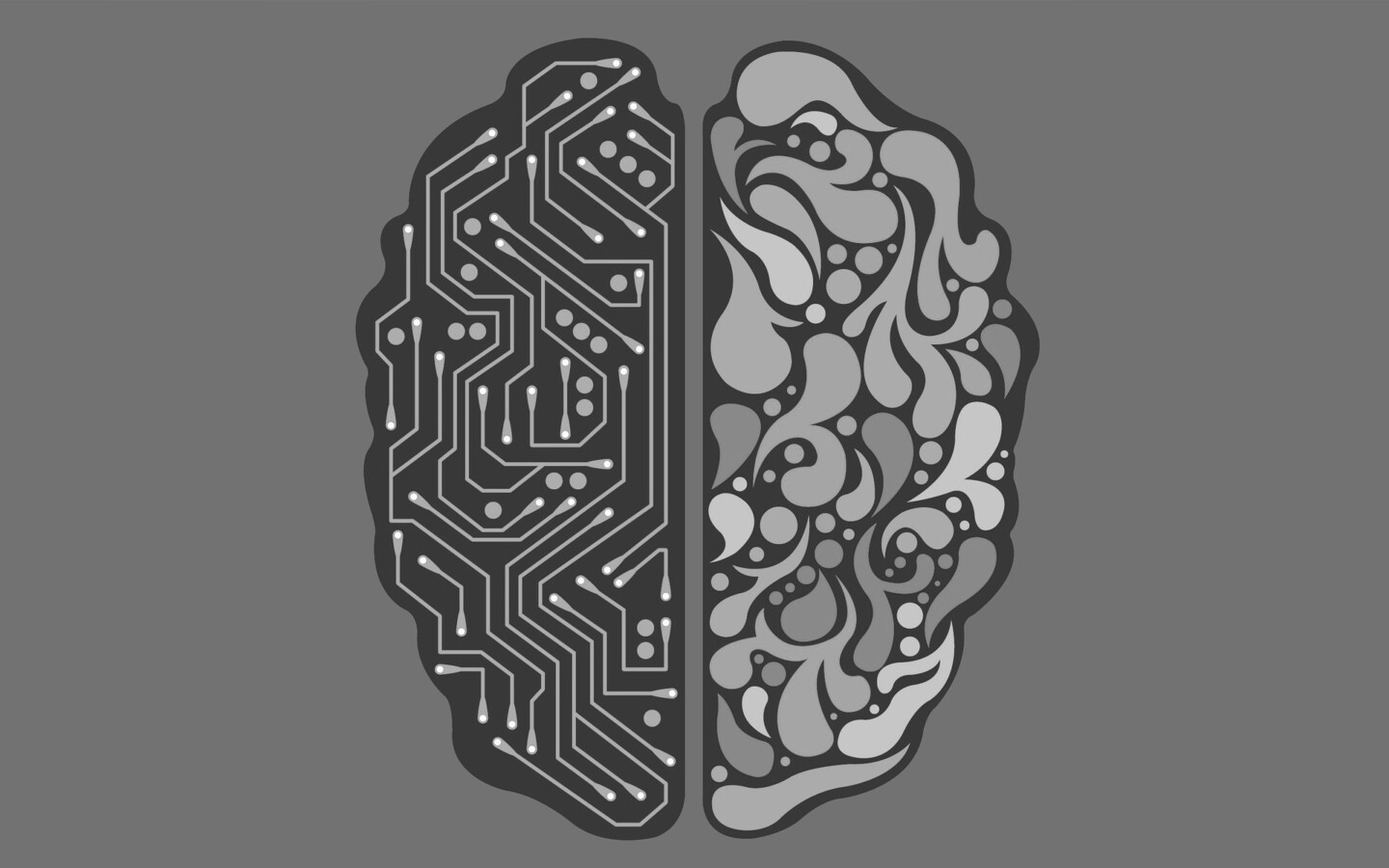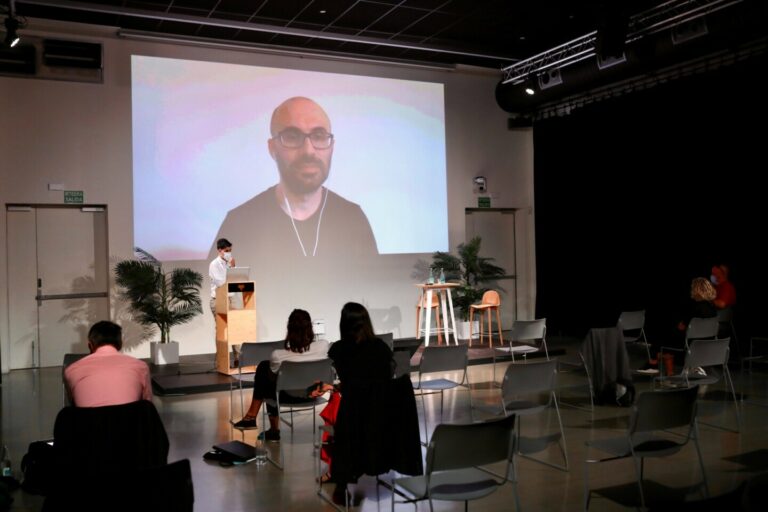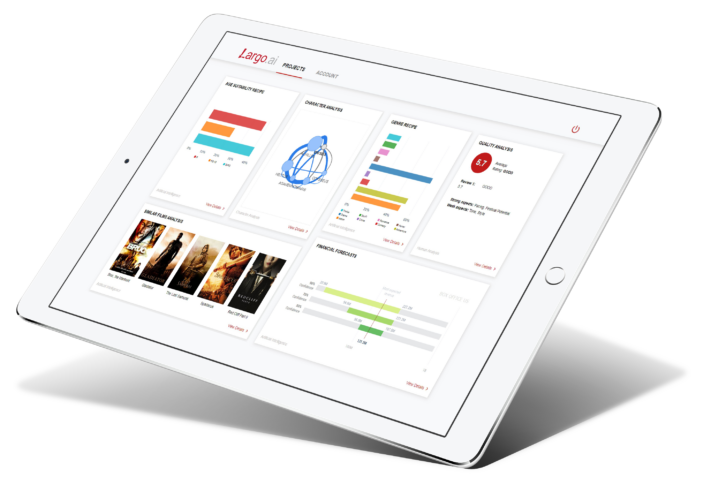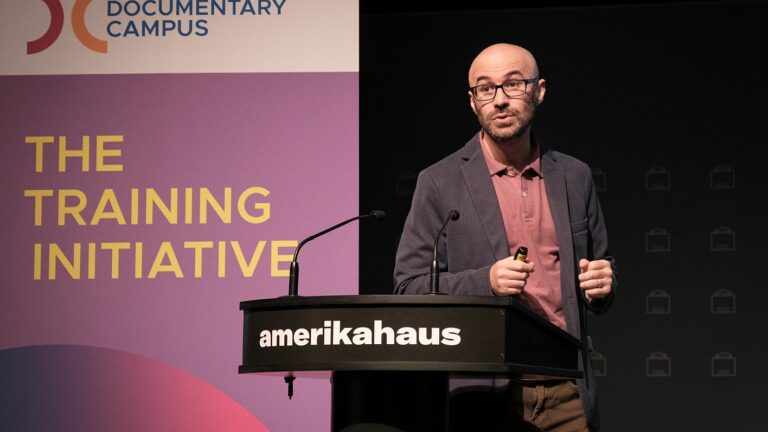Earlier in the year, one of the world’s leading movie artificial intelligence systems caused quite a stir when it selected British actor Henry Cavill for the role of the next James Bond.
The system selected Cavill from tens of thousands of actors as the most suitable for the role. For anyone who is not a data scientist with expertise in AI, the idea that a computer can understand what makes a good actor, and them suitable for any given role, is difficult to comprehend.
In fact, that these systems are able to do this is not such a difficult thing when you understand how they work. In this article, we will examine how artificial intelligence character analysis works and how it is evolving to become an even more powerful tool for moviemakers.
What is Artificial Intelligence Character Analysis?
Artificial intelligence character analysis involves unlocking the combined power of AI and big data analytics to derive insights about characterization.
The process involves creating an artificial intelligence program that can be trained to learn what constitutes ‘character’ and how this is expressed. As we all know, the breadth of the human character is enormous. Given that no one human is exactly the same, there are currently in the region of almost 8 billion different characters alive today.
It is possible to teach an AI system the basics and let it learn from there by comparing huge numbers of different characters. This is precisely what AI data scientists do.
The basic AI framework is created and it is given training data (in this case, movie scripts and movie clips as well as other data types) to analyze. Just like training a child how to spoon feed itself, the data that scientists start with is very simple, usually centered around associating specific vocabulary terms with specific emotions, etc.
Here is an example you can do yourself. Associate the following words related to the two different emotions of happiness and sadness:
Laugh, cry, smile, joke, frown, upset, miserable, depressed, amused, hysterical.
After the system has been trained to categorize basic terms such as these it can then be trained to associate more abstract terms and phrases, etc. Gradually, just as we humans do, the system will get better and better at understanding all aspects of characterization including complex emotions.
So, now this has been cleared up, lets take a look at where current data-driven movie analysis AI systems stand?
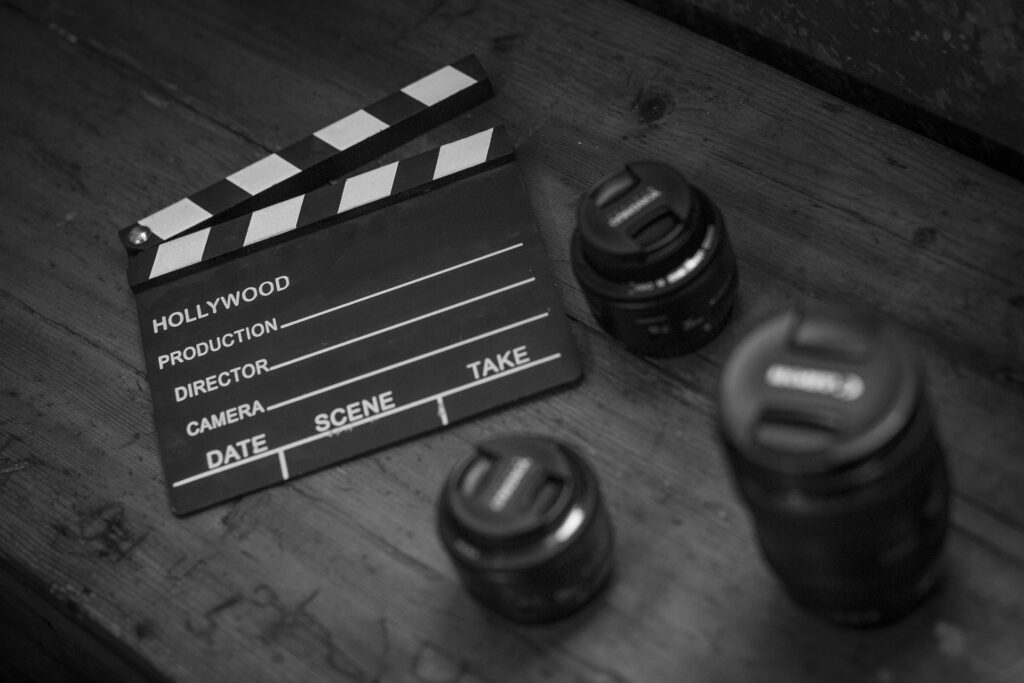
Current AI-assisted Moviemaking Technologies
Artificial intelligence systems have come on leaps on bounds just in the last few years. This is thanks to the combination of more advanced computer systems, better AI and data science understanding, and, most importantly, the huge amounts of user-generated data that is being generated by us in our day-to-day lives.
Today’s AI movie analytics systems tend to be heavily focused on script analysis. As in the breakdown above, these systems are trained to derive accurate insights from elements such as dialogue, characterization, genre proportions, etc.
These insights are cross-referenced with a vast range of other structured data sets like actor profiles, audience feedback, gross earnings, and past results derived by the AI system for other films (both similar and dissimilar).
All this information allows the system to gain an accurate understanding of all elements of the film and how audiences perceived them.
So how exactly does this help filmmakers?
Well, these results currently offer filmmakers a number of specific areas of insight when it comes to characterization. Let’s look at the main ones:
Character Breakdown
The system creates a list of terms that most fit the character in question. So, for example, in the case of the Joker played by Joaquin Phoenix, the system identified: Depression, mental illness, addiction, suicide, loneliness, etc.
Feedback from producers and filmmakers who have used this system indicates that they find this tool very helpful. Several suggested that seeing a particular trait that they hadn’t associated with the character caused them to think a lot about why that impression had been conveyed. It is insights like these that really help filmmakers to gain a better perspective on characters that they find that they only understand from their specific viewpoint.
Character Relationships
This tool allows filmmakers to see who and how their character is related to others throughout the movie. This tool is relatively new and will eventually offer a much more comprehensive analysis, currently, it allows filmmakers to get a visual representation of each character’s interactions with others.
Why is this useful? Well, if, for example, the aim is to create a strong sense of competition between two characters to advance the plot, however, the system fails to recognize this, then the filmmakers will likely want to look closer into why this might be and to consider ways that they can strengthen this desired competition element.
Character Appearance
It might seem shocking, but despite being the central character, the alien in Ridley Scott’s 1979 movie ‘Alien’ had a total onscreen time of lees than 4 minutes.
Perhaps even more shocking given that he won the Best Actor Academy Award, was that Anthony Hopkins as Dr. Hannibal Lecter only appeared for around 16 minutes in Silence of the Lambs (1991).
For any screenwriter, juggling the amount of time given to each character is a real challenge. This handy tool allows the creative team to see a clear breakdown of who is on screen and when.
Most Suitable Actor
This very popular tool provides users with a recommendation of the most suitable actor for the role. Not only does this help the director and producers but also the production’s casting team also.
Future Developments
So what will AI-assisted movie characterization tools be like in the future?
Well, the great news is that as AI systems develop over time, they will become more accurate. They will also become more sophisticated as they are constantly refined by the data engineers training them.
What is certain is that, increasingly, the current systems will be married with new forms of AI that are already being developed. For example, onscreen performance analysis will be coupled with the script-side analysis to offer a new set of powerful tools.
So, for example, producers will have access to feedback regarding individual performances during the production. This information can form part of a consultation with the team and actor to see if it is the best way to proceed or if changes should be made, etc.
Often the issue does not lie at the feet of the actor anyway. AI insights will be able to identify what other elements are limiting an actor’s performance, so for example, bad lighting, or a poor choice of shot, etc.
All of these insights will help productions up their game, even if they chose to ignore them, they will still remind filmmakers that there are other perspectives to what they are doing.
Long term, AI systems will become incredibly adept at character analysis. It is likely that AI systems will be able to offer suggestions on character development, traits such as ways of speaking, and their relationships with other characters, etc.
While this is some way off into the future, should AI systems reach this level then it is entirely plausible that every movie we go to see in the future has characters as spellbinding and interesting as Hannibal Lecter or Scarlett O’Hara from Gone With the Wind.
Earlier in the year, one of the world’s leading movie artificial intelligence systems caused quite a stir when it selected British actor Henry Cavill for the role of the next James Bond.
